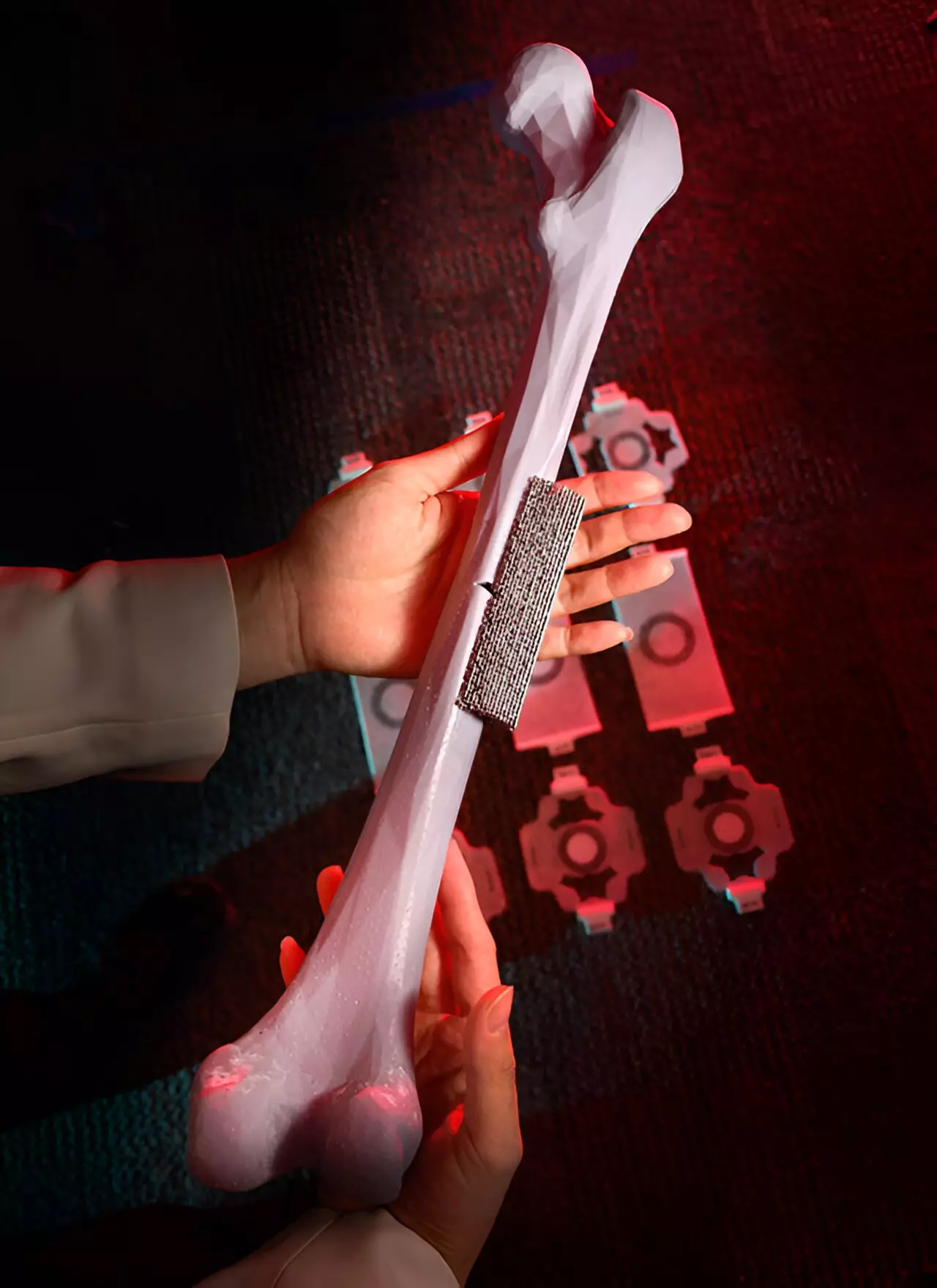The intricacies of natural materials like bone, bird feathers, and wood have always fascinated scientists due to their intelligent approach to physical stress distribution despite their irregular architectures. However, understanding the relationship between stress modulation and their structures has proven to be quite elusive.
A recent study led by University of Illinois Urbana-Champaign civil and environmental engineering professor Shelly Zhang, in collaboration with graduate student Yingqi Jia and professor Ke Liu from Peking University, introduces a groundbreaking approach to orthopedic repair. This study integrates machine learning, optimization, 3D printing, and stress experiments to develop a material that replicates the functionalities of human bone for femur restoration.
Fractures of the femur, the long bone in the upper leg, are a common injury, especially among elderly individuals. The conventional methods of repairing a fractured femur involve surgical procedures to attach a metal plate around the fracture with screws. However, this method may lead to issues such as loosening, chronic pain, and further injury due to stress concentration at the crack tip.
Zhang’s team adopted a fully controllable computational framework to produce a material that mimics the properties of human bone. By utilizing a materials database, virtual growth stimulator, and machine learning algorithms, they were able to generate a virtual material and understand the relationship between its structure and physical properties.
The researchers used 3D printing to fabricate a full-scale resin prototype of the new bio-inspired material and tested its efficacy by attaching it to a synthetic model of a fractured human femur. This tangible model enabled them to run real-world measurements and confirm the possibility of growing a synthetic material in a way similar to biological systems.
The developed material not only mimics the functionalities of human bone but also provides optimized support and protection from external forces. Zhang envisions that this innovative approach can be applied to various biological implants where stress manipulation is required, making it a versatile technique that can be implemented with different types of materials.
The integration of machine learning, optimization, and 3D printing in orthopedic femur restoration represents a significant advancement in the field of material science. By replicating the intelligent approach of natural materials like bone, researchers are paving the way for innovative solutions in orthopedic repair that can improve patient outcomes and quality of life.


Leave a Reply